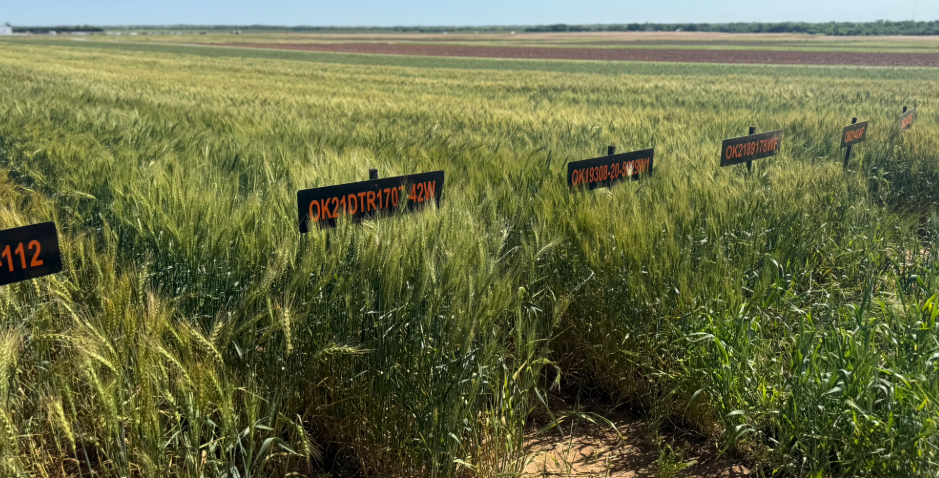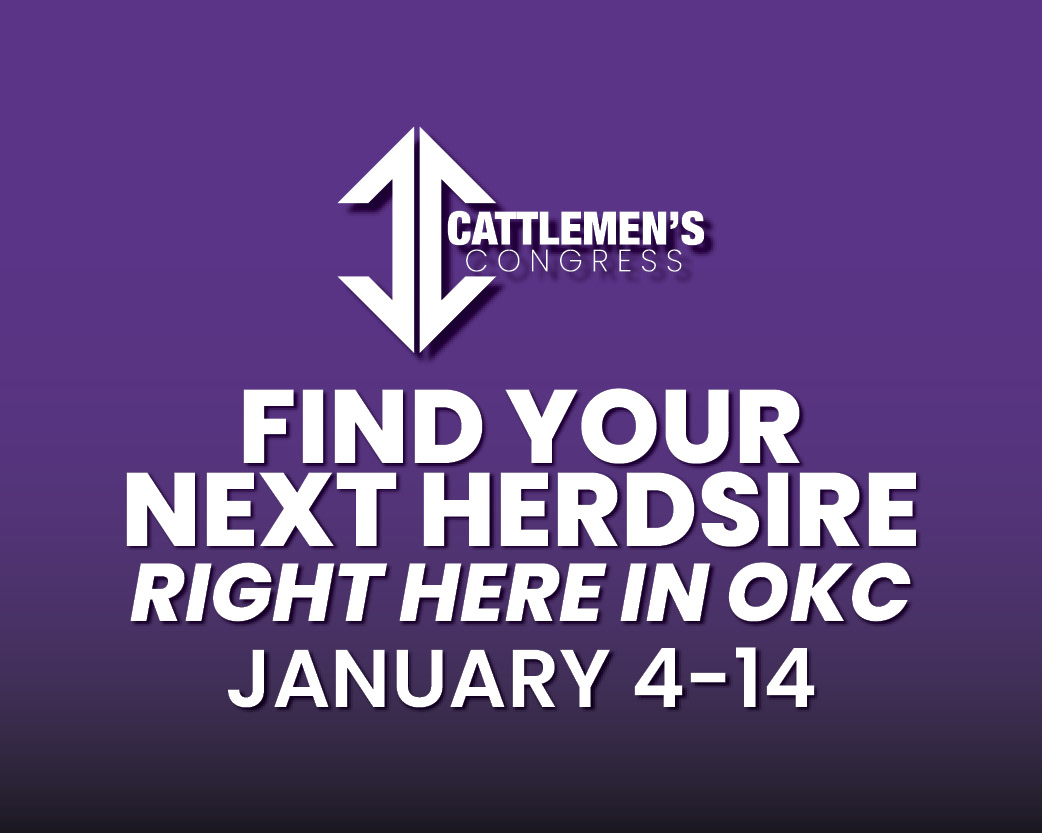
A recent visit to Oklahoma State University’s (OSU) wheat breeding plots in Lahoma provided an insightful look into the exciting developments and strategic decisions shaping the future of wheat production in the state. Dr. Brett Carver, OSU Wheat Breeding Specialist, offered a comprehensive overview of the diverse variety plots, emphasizing both immediate concerns and long-term goals for the program.
Lots of varieties were on hand to view at Lahoma, Dr. Carver stressed the need for timely action in certain areas. “I think we need to make some decisions pretty quickly. Others can wait. But probably the quickest decision needs to be made for CoAXium wheat at OSU.”
A significant portion of the discussion revolved around disease resistance, particularly in light of widespread wheat streak mosaic reported in Kansas. Dr. Carver expressed enthusiasm about certain varieties exhibiting promising tolerance. “Well, we were blessed with, so to speak, wheat streak mosaic; blessed in the way that we had it all over the state, and I had many opportunities as a plant breeder to go out and evaluate our material. I had never had this opportunity,” he explained. This widespread presence allowed for unprecedented evaluation, akin to the Stripe Rust epidemic of 2002.
His observations revealed a significant link to older genetics. “Well, I learned as much as I could on wheat streak. And what I learned is, yes, we have reasonable, good tolerance. I didn’t realize it all goes back to Jagger,” Dr. Carver stated, referencing a historical panel in the field. “The wheat streak just screamed at Jagger because it was so resistant.” While acknowledging that Jagger itself may not be suitable for all regions, particularly the panhandle, this discovery is informing future breeding strategies. “We’re using that information to groom the program in that direction for more wheat streak tolerance.”
Dr. Carver recognized the contrasting perspectives on the recent disease outbreaks. The ultimate aim is to prevent future widespread issues. “We’re trying to make sure this doesn’t happen again down the road. Because, you know, if given this opportunity to shift our program in a certain direction, we need to take it.”

Dr. Carver highlighted several promising candidates when asked about the top-performing varieties observed. “Well, Orange Blossom, that we just released, if I had to tout one, but Double Stop has held up pretty well to not only wheat streak, but we also had a little bit of leaf rust, too. We had a lot of leaf rust in certain places, and it held up well, but I think Orange Blossom is going to do just a tick better. I know it does a little bit better on yield. So that one, no regrets whatsoever.” He expressed confidence in the rigorous testing process leading to these releases.
Regarding other genetic lines, Dr. Carver noted areas for improvement. “In the CoAXium genetics, we lack a little bit of that disease resistance. Thanks to the donor we used, we have some wheat streak resistance, and thanks to some of the genetics we have ourselves, we have some pretty good wheat streak tolerance in that germplasm. What I think we’re lacking is some leaf rust resistance. Stripe rust was good. We took care of that last year. Right now, it’s leaf rust.”
He cautiously approached new releases, stating, “We have a couple that we might look at as a possible release, but I don’t want to release any more than one or two, and that’s it.”
The field day also showcased advancements in soft wheat varieties with improved gluten quality, a crucial factor for marketability. “This is all about making wheat marketable,” Dr. Carver emphasized. While Oklahoma already has strong hard red winter wheat, he sees potential in catering to the soft wheat market. “With soft wheat, I’ve always felt like maybe we should be servicing that part of our clientele in the state, and they need to be serviced by Oklahoma State, so we’re going to do that through the commodity system.”

Dr. Carver explained the strategic approach to enhancing soft wheat. “We can breed a soft wheat with strong gluten. That is not a problem with us, because we have strong gluten in our hard wheats, so we change a couple of genes, and we’re there. We just need to find something that’s adapted, and we have it.” He pointed to the “Double Stop/Strad background with a soft endosperm” as a promising avenue, combining desirable agronomic and quality traits. “So we are going to make those changes and see where we can go with this.”
Looking ahead, Dr. Carver expressed excitement about “up-and-comers,” focusing on yield improvements with enhanced wheat streak resistance tailored for the Panhandle. “What I want to have is wheat streak resistance fit for the Panhandle. Check it off. We just need to figure out which one to commercialize. Also, we want to have some of that germplasm that works in the panhandle, and bring it downstate so that we have some help if we have wheat streak, and I think we probably will.” He emphasized the need for proactive breeding to address potential future outbreaks.

Reflecting on the diverse needs across Oklahoma, Dr. Carver articulated the program’s overarching mission. “We’re developing OSU genetics for everyone. That’s our DOGE by the way,” he quipped, playfully redefining the term. “Is we want to kind of be a jack of all trades, but we still need to be a master at some, I realize that. We have a lot of different needs in the state.”
He highlighted the geographical and market diversity, emphasizing the commitment to serving these varying needs. This includes exploring novel market classes, such as a “hard purple winter” wheat with potential antioxidant benefits.
Dr. Carver responded enthusiastically when asked about his passion for wheat, “Who would not love wheat? Now, I realize we all can’t, some of us can’t eat it. But can you imagine a food product that brings so much to so many people? It’s not just about bread. Think about all the things we eat that somehow trace back to wheat. That’s a lot to get excited about.”
His journey into wheat research was driven by an interest in Oklahoma and the opportunities the field presented. “It was a great research and teaching job. And I thought, man, this is what I want to do, now. I need to reorient myself from soybeans to wheat. Hey, it worked!”


















